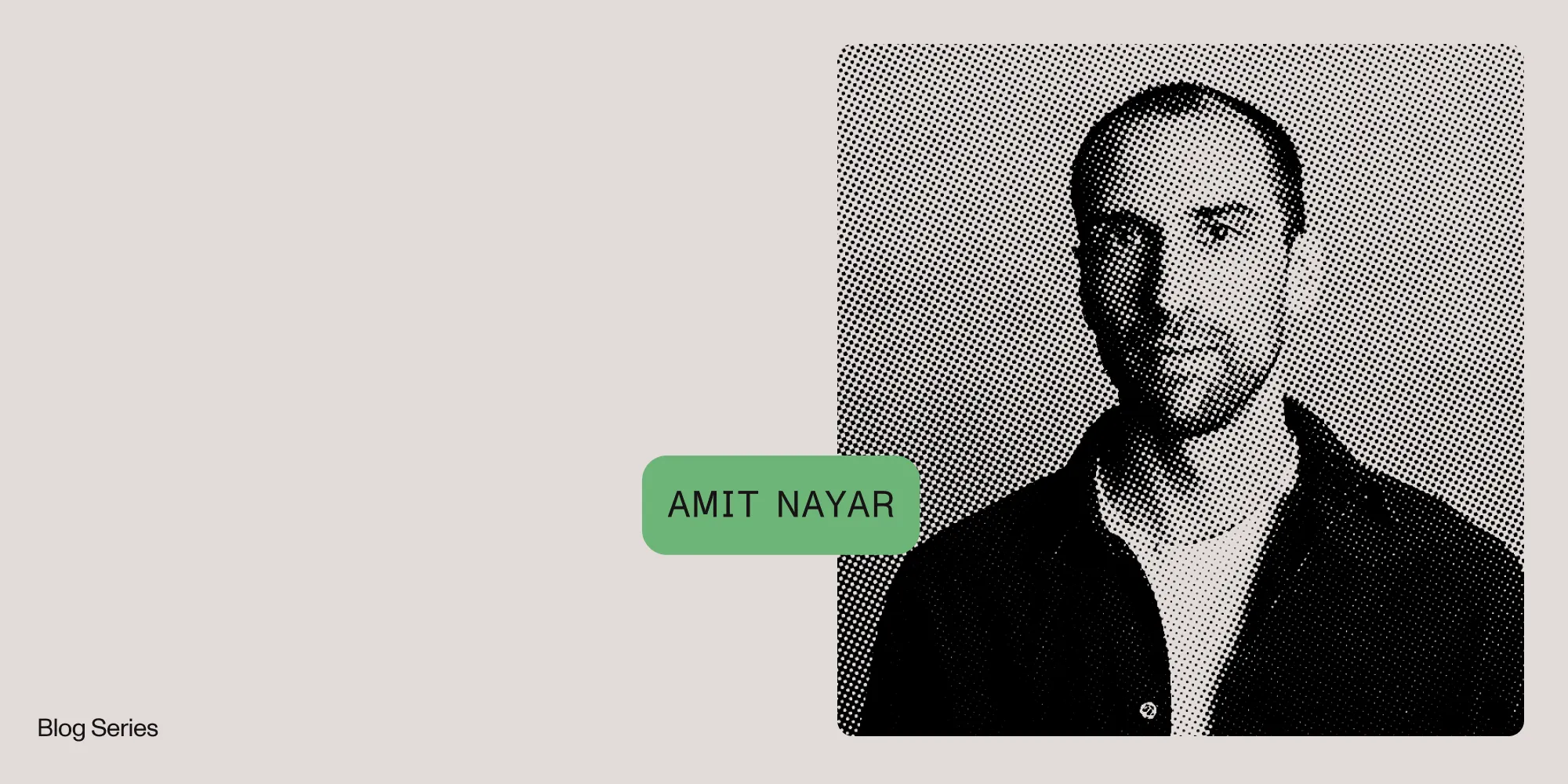Behind the code with Irina Alexandru

Irina Alexandru’s engineering journey began early — with a challenge from her father. A math teacher who loved computers, he believed that the sought-after jobs when his kids grew up would be agriculture, because everyone needs to eat, and engineering, because that was the future. So he told his daughters, “If you don’t want to work the fields with your grandparents, you’d better learn development.”
That advice stuck. By the time she was 10, Irina was doing small coding challenges in QBasic, like drawing concentric circles in squares, with small incentives, like a Kinder Surprise egg.
Today, she works as a backend .NET developer at Nutrient. We spoke with Irina about her journey from Delphi apps to DevOps pipelines, the unexpected return of SharePoint, and what she’s learned about trust, autonomy, and the value of a little chaos.
Finding her true calling
Irina started as a PHP developer. But when she did her dissertation in C#, she found her true calling when she discovered the Microsoft ecosystem. “I fell in love with C# and how amazing Visual Studio was at that time,” she reflected. A large part was because C# is a strongly typed language, unlike PHP. So, after five years as a PHP developer, she transitioned to .NET, an environment where she truly felt at home.
Fast forward to today, and Irina is part of the engineering team at Nutrient, where she works with a variety of technologies, including SharePoint Framework, which she admitted isn’t her favorite. “I’ve always avoided jobs that had to do with SharePoint, but here, I’m lucky that I don’t only do SharePoint. I also work on e-commerce platforms and DevOps, plus one-off interesting tasks.”
Irina describes how — as a result of multiple companies coming together during acquisitions — the Low-Code team’s tools were initially fragmented, with code stored in multiple repositories (Team Foundation Server, GitHub, Bitbucket) and work being tracked across different platforms corresponding to those repositories. This made it challenging to get an overview of the team’s progress. She worked on migrating and unifying the code and tracking systems, such as moving issues and history from Team Foundation and GitHub to Jira, which she found enjoyable. Additionally, she worked on migrating and unifying multiple Jira instances and setting up workflows that suit the Low-Code team.
Most of all Irina finds joy in solving challenges — much like her 10-year-old self did — especially when it involves automating and streamlining processes. “I’ve enjoyed automating the deployments and releases of several apps. My favorite project is the e-commerce website. It’s developed in .NET, which is the technology I’m most comfortable with,” she said.
Embracing new technologies
Being part of a fast-paced, dynamic team has allowed Irina to grow her skill set beyond backend development. “I’ve had to learn React,” she said. “I am not a frontend developer. Previously, I mostly worked on the backend, with some frontend experience using Windows Forms, WPF, Razor views in ASP.NET MVC, or Angular. Tools like Copilot and ChatGPT help a lot with the learning curve of new languages or new frameworks nowadays, so I now contribute to three React apps.”
This flexibility is something of a necessity for developers these days, especially as companies are interested in full-stack developers and not just backend ones. And even though she knows where she’s most comfortable, Irina appreciates the opportunity to dive into new tools and technologies. She thrives when faced with complex challenges that require creative, efficient solutions. This problem-solving mindset reflects her love for puzzles and her ability to apply her technical skills to address real business needs.
So it makes sense that one of the most exciting aspects of her work is the chance to solve real-world problems. “I like puzzles. For example, we needed to automate a MSSql database backup in Azure using immutable blob policies. How do you do it? Research, try things, and then it’s like a game challenge, and it’s super satisfying when it works,” she shared.
A culture of trust and innovation at Nutrient
Irina’s experience at Nutrient has reinforced the value of trust and autonomy in her role, and when she looks at what she brings to the team, making it more organized definitely stands out. She recalled raising an issue of something being convoluted and bringing it to a teammate. “He was very open and trusted me to make it happen,” she said, emphasizing that this openness is a key part of what makes Nutrient’s culture so special. “You can have your voice heard, and you can change things,” she noted, comparing it to her past corporate experiences, where making changes often felt more rigid. “There, you couldn’t just say, ‘Let’s try another workflow.’ Things are a lot more set in stone.”
Another thing she noted is that at Nutrient, there’s a sense that not everything has to be perfectly structured from the get-go. Sometimes, chaos is part of the process. Whether it’s a new tool or an experimental workflow, being able to navigate through uncertainty often leads to the best outcomes, and Irina has learned to embrace that flexibility, knowing that the journey of trial and error is often where the most impactful solutions emerge.
And of course, at the end of the day, she finds fulfillment in the freedom and support she receives from her team. “People here are a lot more willing to help you,” she said. “A lot more open and nice.” Looking ahead, Irina is excited to continue exploring new technologies and facing new challenges, always with the support of her collaborative team and her drive to find innovative solutions to complex problems.







